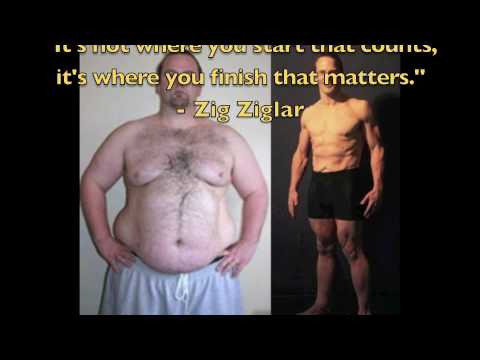How Body Contouring Treatments Assist Major Weight Loss
When people have achieved major weight loss, whether it is due to diet and exercise or bariatric surgery, sometimes they have large areas of excess skin that is embarrassing and detracts from the weight loss achievement. Body contouring is a kind of surgery that can remove fat and skin and help improve the shape of certain areas of the body.
Benefits
The skin that was stretched by excess weight is now unsupported and hangs and sags on different parts of the body. The face, neck and jowls can become droopy and give the person a sad expression. Upper arms may sag giving a bat-wing appearance. Breasts may become flat with the nipples pointing down, and the buttocks, thighs and groin may have hanging pockets of skin. The most common area affected is the abdominal area which is left with an apron-like overhang of skin.
Contouring surgery treats the underlying tissue that supports the fat and skin improving its tone and shape. The excess is removed and the results are a more normal appearance. The surgery can also be performed on patients who have sagging skin but are of normal weight.
The patient should achieve their ideal weight and be stable at that weight for a minimum of 12 months before considering this surgery. Significant weight loss or gain after surgery can contribute to poorer outcomes and increase the possibility that a second procedure is necessary.
Risks
In the case of patients who needed bariatric surgery, there may have been medial conditions that were associated with their being overweight. Before contour surgery is performed, the patient should have general medical clearance. There is also the possibility that bariatric patients may have nutritional deficiencies that can have a negative impact on healing. They may cause wound healing complications. These patients should have nutritional assessment, and any deficiencies should be addressed.
There are risks involved in contouring surgery. The patient needs to decide if the benefits are worth the risks. A few major risks are:
• Unattractive scarring
• Fluid accumulation
• Changes in skin sensation
• Infection
• Prolonged swelling
• Recurrent looseness of the skin
• Persistent pain
• Persistent swelling in the legs
When an obese person loses a large amount of weight, the quality of the skin is changed. This can also contribute to poor wound healing. There could be issues related to scarring including scar migration. The laxity of the skin could lead to appearance issues which may result in revision surgery.
Results
If a person has several areas that have sagging skin such as jowls, arms and abdomen, it may not be possible to do all the areas in one operation. It would not be advantageous for healing and safety. The procedure usually begins with the abdomen and lower body. The second stage is breasts and arms and thighs. The third stage is usually the face. Three to six months between procedures is required to allow time for optimum healing.
It takes about three months for the cosmetic results to be seen. This is the amount of time it takes for the soft tissue to soften and the swelling to go down. The results can be long lasting if the patient doesn’t have any more weight fluctuations. This is why it is recommended that the patient maintain a stable weight for 12 months. The main things that can alter the body’s appearance are soft tissue laxity that leads to contour deformities and scar migration. These issues are related to the patient’s former obesity.
When candidates meet a plastic surgeon about contouring surgery, they should explain their expectations and get the doctor’s opinion if their expectations are feasible.
-
Avoiding Weight Loss Supplement Scams
With so many scams hitting us via social media ads and spam emai
-
10 Tips on how to set your weight loss goals
You cannot lose weight if you do not set weight loss goals. Set
-
Some Things You Can Do About Your Hair Loss
This is also true for loss of hair. If you are looking to maintai
-
Once I Got Serious About Loving My Body, I Lost Almost 100 Pounds
Queing Jones, a first grade teacher, had resigned herself to being ove
-
All Your Weight Loss Answers In One Place
TIP! Find a weight loss buddy. Support is always a good thing
-
How Diet Soda Causes Weight Gain and Poor Bone Health
In this amazing video you’ll learn more about the basics
- DON'T MISS
- Why Acquiring A Slim Habit Is Much Better Than Dieting
- Top Natural Weight Loss Tips For Women
- 22 Things You Need to Know About The South Beach Diet
- Rethink Your Drink
- 5 Weird Tricks that Kill Stomach Fat
- The Loss Of Hair Prevention From Leading Hair Doctors
- I Want To Lose Weight But I Have No Motivation
- 5 Hormones That Mess With You Every Month and Natural Ways to Balance Them
- Why Working Out Is the New Going Out
- How to Lose Weight Without Your Parents Knowing




